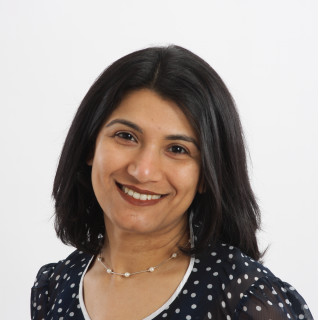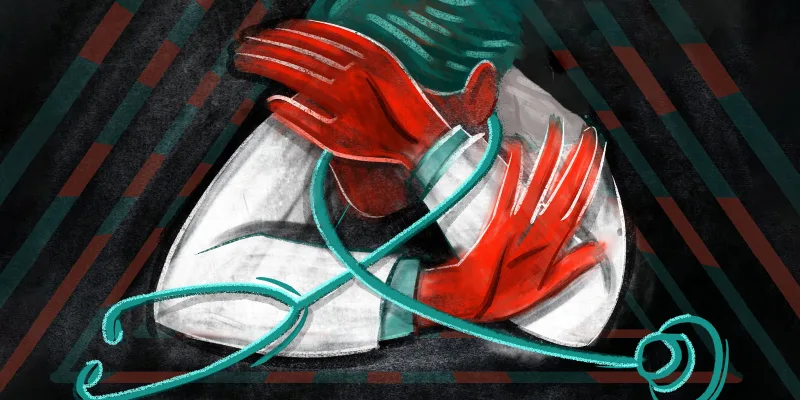 The 2018 National Physician Burnout Report found that 42 percent of physicians are experiencing burnout and 15 percent have depression. The burnout led to poor patient care and engagement, demotivation, frustration, and serious medical errors. It negatively affected relationships with colleagues. The primary causes cited for burnout included excessive paperwork, long hours, lack of respect from employers, excessive use of electronic medical, and little control over their lives. As I was reading the report, I remembered my story which will bring hope to my colleagues struggling with burnout.
The 2018 National Physician Burnout Report found that 42 percent of physicians are experiencing burnout and 15 percent have depression. The burnout led to poor patient care and engagement, demotivation, frustration, and serious medical errors. It negatively affected relationships with colleagues. The primary causes cited for burnout included excessive paperwork, long hours, lack of respect from employers, excessive use of electronic medical, and little control over their lives. As I was reading the report, I remembered my story which will bring hope to my colleagues struggling with burnout.
After completion of residency, I became an academic hospitalist. I realized that the term “Academic” meant additional responsibility of teaching in addition to seeing 16–18 patients a day. There was no dedicated time for teaching, learning or research.
I had worked 80 hours a week during my residency but I felt a sense of reward through my work and professional development. In my hospitalist job, I was a cog in the wheel with no vision or growth opportunity. I gradually became helpless, hopeless and my job became a burden. I was anxious, irritated, and angry at myself and those around me. I left my workplace as soon as I completed my work. I discussed my concerns with a senior colleague, who said that I can either do what I signed up for, or move on. At that point, I decided to pursue my professional development on my own.
I started a part-time Masters in Public Health, initiated a research study, and joined the Quality Improvement committee. I was working an extra 20-30 hours a week without any acknowledgement, compensation, or appreciation. It affected my health and personal life. Finally, I was overwhelmed and resigned. I needed clarity regarding my life and professional goals.
A friend suggested mind-body techniques to deal with my situation since I was forced to work a few more months post-resignation. I changed my diet, started yoga and daily exercise. I could think clearly and decided to focus on Integrative Medicine as my niche.
I sought a faculty position to have dedicated time for teaching, research and professional development. It was fun working with residents and students. The best part was I could apply mind-body medicine, lifestyle, and integrative approaches to help my patients. Soon, I realized that I was still a factory worker expected to do more with limited resources. The "to-do" list continuously increased and so did the required RVUs. Our concerns regarding workflow, work pressure, schedule flexibility, and work-life balance were hardly addressed. There was no appreciation for the grind that we went through on a daily basis.
At first, I thought it was me because I was still unhappy despite changing jobs. I asked myself, "Are my expectations unrealistic?", "Am I an asset or liability for an institution since I cannot meet RVU’s despite showing up every day?", "Is there a health care model that fulfills my needs for professional growth and flexibility?" I heard a grand round speaker talk about signs of burnout and concluded that I was burnt out. I realized that my professional performance was evaluated every 6–12 months at every organization that I worked for. However, I was never trained to assess my own emotions towards my work, my patients, and my colleagues. I didn’t know how to evaluate the impact of my work and workplace on my life and attitude towards those around me. I never verbalized my concern pertaining to my burnout to my employer possibly because I was uncertain about how it would affect my career.
I decided to move into “Direct Care” model but I had not seen or been part of an organization that utilized this model. Neither did I have any training nor a role model for starting a solo practice or managing a business. I saw an opportunity to create a new system which fulfilled my needs of professional growth, quality patient care, schedule flexibility, and work-life balance. It was exciting and nerve-wracking at the same time. Change was neither easy, nor painless, but it was necessary.
These changes were impossible without the support of my family and colleagues. I managed everything including logistics, finances, scheduling, billing, and patients. Now, my patient interactions bring me a sense of reward and I look forward to seeing them. I love interacting with colleagues and dedicate some time to research. I am no longer burnt out.
My burnout taught me some lessons. The first is to look at the bigger picture. We need periodic assessments of our work- satisfaction, growth and quality of life. Health organizations can conduct periodic assessments of how effectively they are meeting the needs and expectations of its providers to identify burnout and intervene early. They can create an enabling environment to allow expression of burnout without fear of repercussions. As physicians, we need to constantly strive to achieve organizational change that promotes a supportive environment.
Self-care and patient care are intricately connected, hence we should not feel guilty about expressing our needs for growth, flexibility, or financial rewards. If I had done my work assessment early on, I would have been able to identify my burnout much earlier. It would have helped me better communicate my needs, create a better exit strategy and a smoother transition. Self-assessments help identify lifestyle changes such as yoga to help with coping.
Lastly, burnout is not a failure but an opportunity to own responsibility for the change we wish to see. Every change is not successful but it promotes learning and identification of our capabilities. Seeking support from colleagues, being part of support groups, and planning for change reduces the fear associated with the change. Our medical training is grossly inadequate in helping us identify and compare the different models of care and operating the business side of medicine. Creating alliances with like-minded physicians and health professionals opens up the option of choosing a model that best suits our needs and develop organizations that are focused on an optimal clinical environment for patients’ and health providers.
Image by Nadia Snopek / Shutterstock







